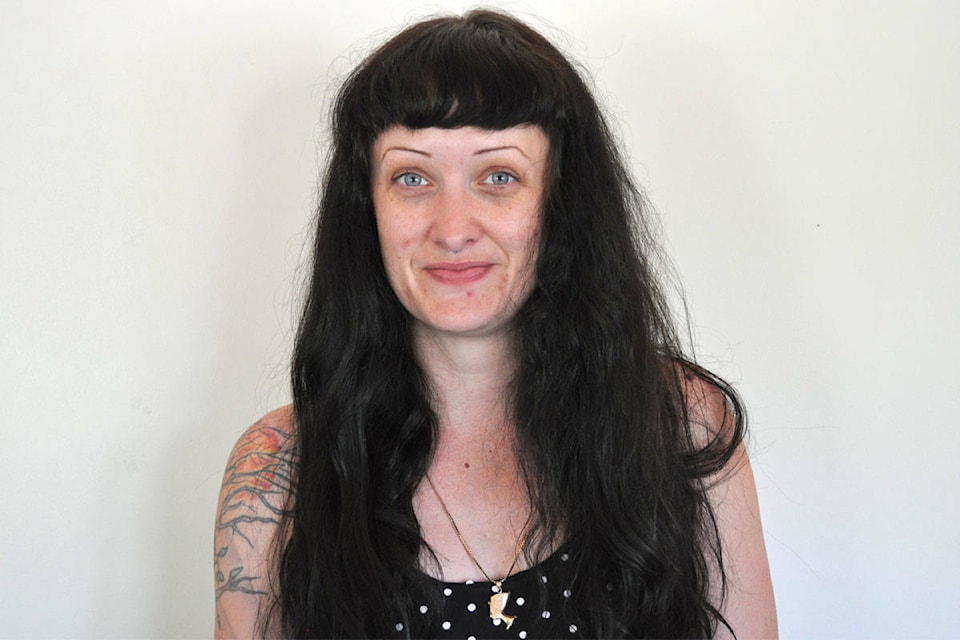The four-pillars model of Canadian drug policy (harm reduction, treatment, enforcement, and prevention) sometimes makes an uneven table.
Harm reduction programs continue to develop, but not sufficiently to combat an increasingly complex toxic drug supply. Treatment is inaccessible to many, an inappropriate fit for some, and ineffective at reducing fatalities. Enforcement fails to curb production, supply, or distribution, and disproportionately impacts marginalized communities. Prevention remains a contested territory, wrought with policy concerns and emotional weight.
In July 2020, the BC Ministry of Mental Health and Addictions, under Minister Judy Darcy, introduced Bill 22 to amend the Mental Health Act to allow for involuntary admission of youth admitted to a hospital following overdose for 48 hours up to seven days. Emergency stabilization care would be provided at hospitals with existing designated psychiatric or observation units.
Many key stakeholders were not consulted on this amendment. Critics of Bill 22, including Indigenous partners, doctors, researchers, drug users, youth, and families were quick to raise concerns about increased risk of overdose created by reducing tolerance and releasing youth into a toxic drug supply with inadequate support. Additionally, and especially for Indigenous youth, involuntary treatment is traumatic, and this may prevent youth from seeking support.
This spring the government scrapped Bill 22, acknowledging concerns of critics, and promising to work on a new strategy involving First Nations groups. But Minister Sheila Malcolmson was unable to comment on the timing or direction of a new model. Without traumatic involuntary detention, a new model, ideally, would focus on harm reduction, prevention, and treatment — for which many youth across the province have very few options.
Locally, youth who use substances have limited avenues for support, and few safe accessible spaces. Adult detox and treatment programs, emergency shelters and even most drop-in spaces do not serve youth under 19. COVID-19 closures and restrictions have only made this exclusion and isolation worse.
Freedom Quest Youth Services Society provides harm reduction and substance use support to youth ages 12 to 19. They also offer “a plethora of things such as housing, advocacy, accessing healthcare, goal setting, job search, mental health, emotional regulation and life skills, whatever they want support with,” says Mandy Root, Nelson and Area substance use outreach counsellor and regional prevention co-ordinator with Freedom Quest Youth Services Society. Service is confidential, voluntary, and free.
“Freedom Quest is different than other services in that the youth are the guides and they lead our support. We will meet them where they feel most comfortable and provide food and transportation,” says Root.
Freedom Quest provides valuable supports to youth in the region, but there are many systemic barriers and service gaps.
Young people in the Kootenays face tremendous challenges accessing residential treatment for substance use. Long wait-times and travel create barriers. Limited options for treatment within, and outside, of the Kootenays means limited choice in best-fit.
Substance-use treatment cannot be one-size-fits-all, and must be low-barrier and person-centred. Youth need transportation options, affordable housing, accessible person-centred trauma-informed mental health and substance-use treatment options, and, according to Root, “fun activities to do that don’t involve substance use.” This sounds simple, but is significant.
Problematic substance use has nothing to do with the substance (or use) being inherently problematic — it’s the relationship to substance that can become problematic, and this typically occurs when other relationships or connections are inaccessible. As recovery is not about abstinence but connection, activities for youth are key to supporting wellness and healthy relationships.
Far from helpless or naive, our youth are powerful, intelligent, creative, and inspiring. Root says the best part of working with Freedom Quest is “walking alongside youth and witnessing them achieve their goals and reach milestones. I love watching them succeed and connecting with them and supporting them to fight for themselves while equipping them with the skills and tools to be activists and self advocates.”
Youth champions are informally bringing harm-reduction education to their peers, but they need support. Abstinence-focused education has never prevented substance use or sexual activity, and does not reduce associated harms. We need our educational institutions, our school districts and educators, to whole-heartedly embrace harm reduction and the work of organizations such as Freedom Quest, because not doing so only hurts youth.
Amber Streukens is the harm reduction peer navigator at ANKORS.
